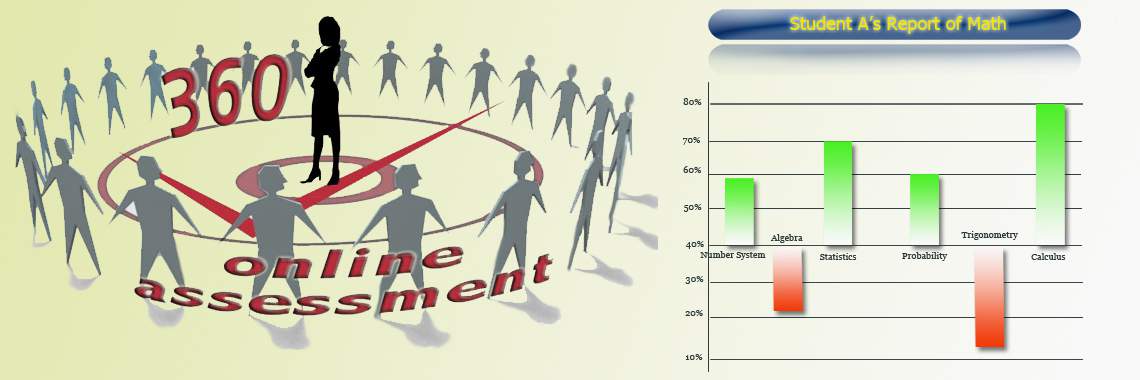
Assesments
Assessments (Evaluation and Testing)
These are classified into 3 categories
Formative Assessment:
Formative assessment is a valuable component of the instructional process, and its effectiveness is dependent on student engagement. Students need to be involved both as assessors of their own learning and as resources to other students, underscoring the importance of self and peer assessment in addition to teacher generated assessments. The innovative E-learning components make learning an engaging experience because of student involvement, enhanced learning and unobtrusive assessment techniques.
Under formative assessment, following are some of the various assessment tools that are included in our question banks:
- Matching
- Fill in the blanks
- Multiple choice questions
- True & False Questions
- Assertion- Reason type question
- Quizzes
- Projects/Practical
- The teachers can create and schedule an online test based on any one of the parameters
Summative Assessment:
Summative assessment remains popular, usually the end of a marking period or semester, and is designed to determine the extent to which the learning objectives have been mastered. It measures or 'sums up' how much a student has learned from the course and is usually a graded test, marked according to a scale or set of grades.Though summative assessment alone cannot be an index of the students performance, a good balance between summative and formative assessment is necessary for a comprehensive evaluation system. The following features are available for summative assessment in the Learning Management System.
Extensive and thorough coverage of question patterns and question types
Extensive coverage of objective and subjective type of questions.
Diagnostic Assessment:
Diagnostic assessment and evaluation is concerned with the students persistent or recurring learning difficulties that are left unresolved during the course of classroom teaching and formative evaluation. If a student experiences continued failure, despite the use of prescribed alternate methods of instruction (e.g. programmed materials, visual aids, a more detailed diagnosis is needed. Some of the features in the LMS that support this are:
The teacher can create an online test, based on the blue print he/she has formulated.
Based on predefined blue print created by the teacher, the student will have access to create an on demand assessment to be used for practice
Use of adaptive methodology for student generated online practice assessments. For example, the system will not generate any medium level questions until the student has answered X% of easy level questions correctly. Similarly, the system will not generate any hard level questions until after the student has answered Y% of medium level questions correctly